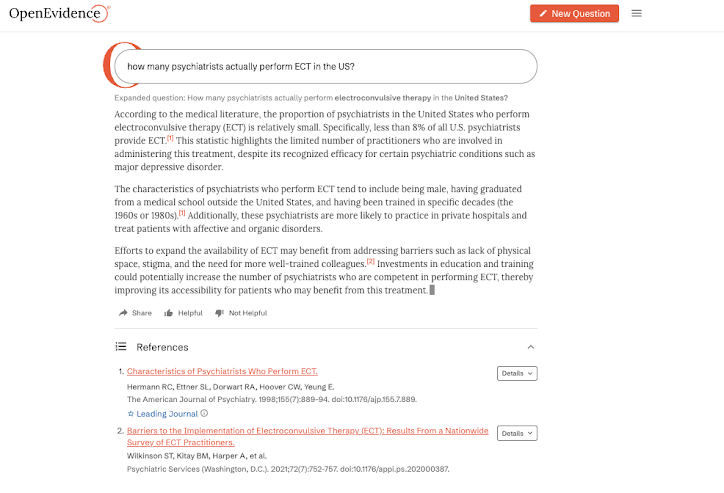Out on PubMed, from authors in North Carolina, in JECT, is this case report: Electroconvulsive Therapy in a Left Ventricular Assist Device Recipient With Treatment-Resistant Depression. Nash R, Rosenkrans D, Kolarczyk L, Khan A, Hatch E, Gala G, Laughon SL, McClure RK. J ECT. 2024 Nov 6. doi: 10.1097/YCT.0000000000001080. Online ahead of print. PMID: 39531309 The abstract is copied below: Depression and heart failure are highly comorbid, with up to 35% of heart failure patients suffering from comorbid depression. Left ventricular assist devices (LVADs) serve as a major lifeline for patients with heart failure; however, despite the drastic improvement in cardiac function following LVAD implantation, up to 24% of LVAD recipients suffer from depression. Depression management in LVAD recipients is often complicated by the recipient's increased risk for antidepressant side effects, adverse drug reactions, and inability to safely receive certain interventional psychia...














